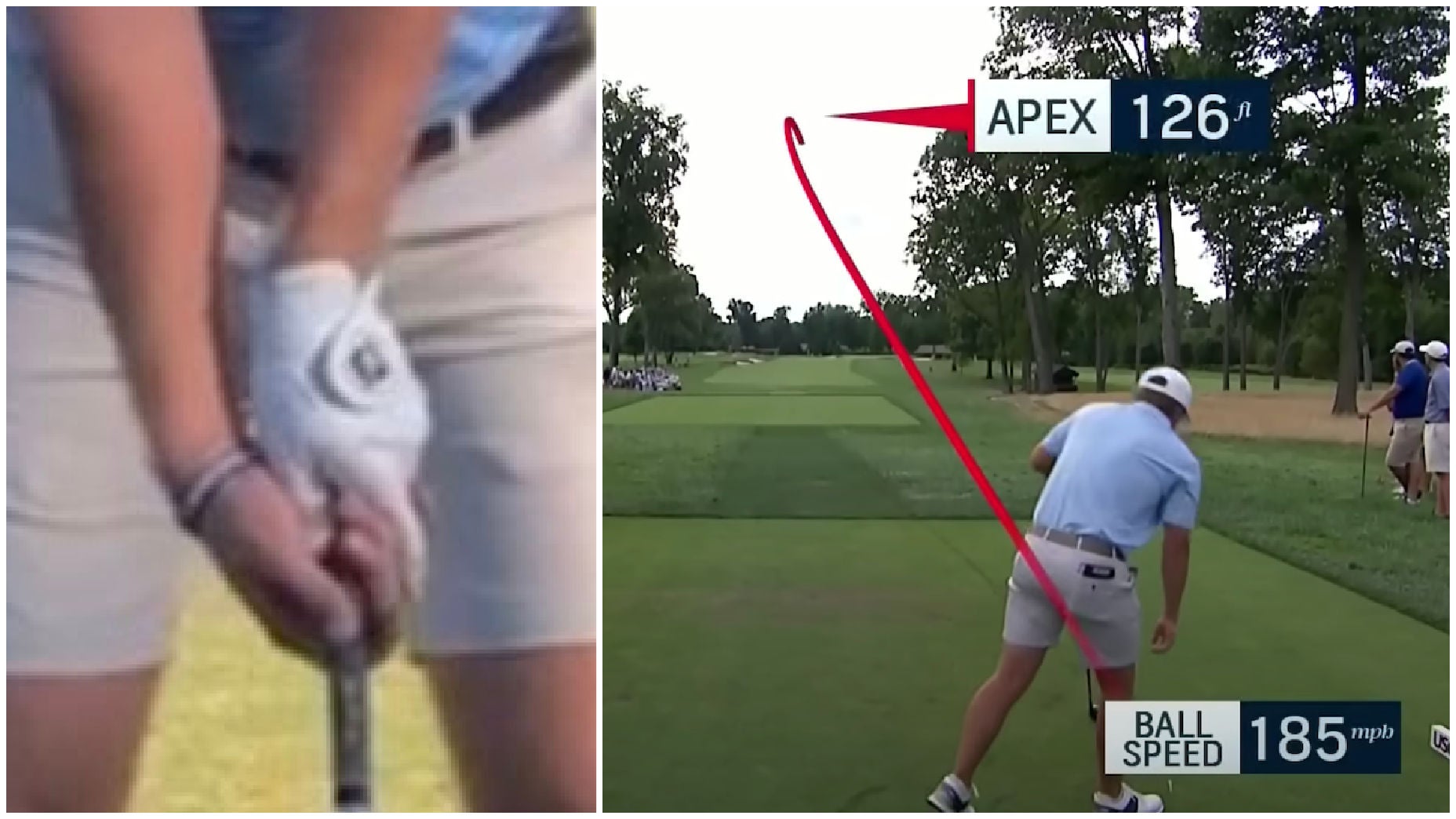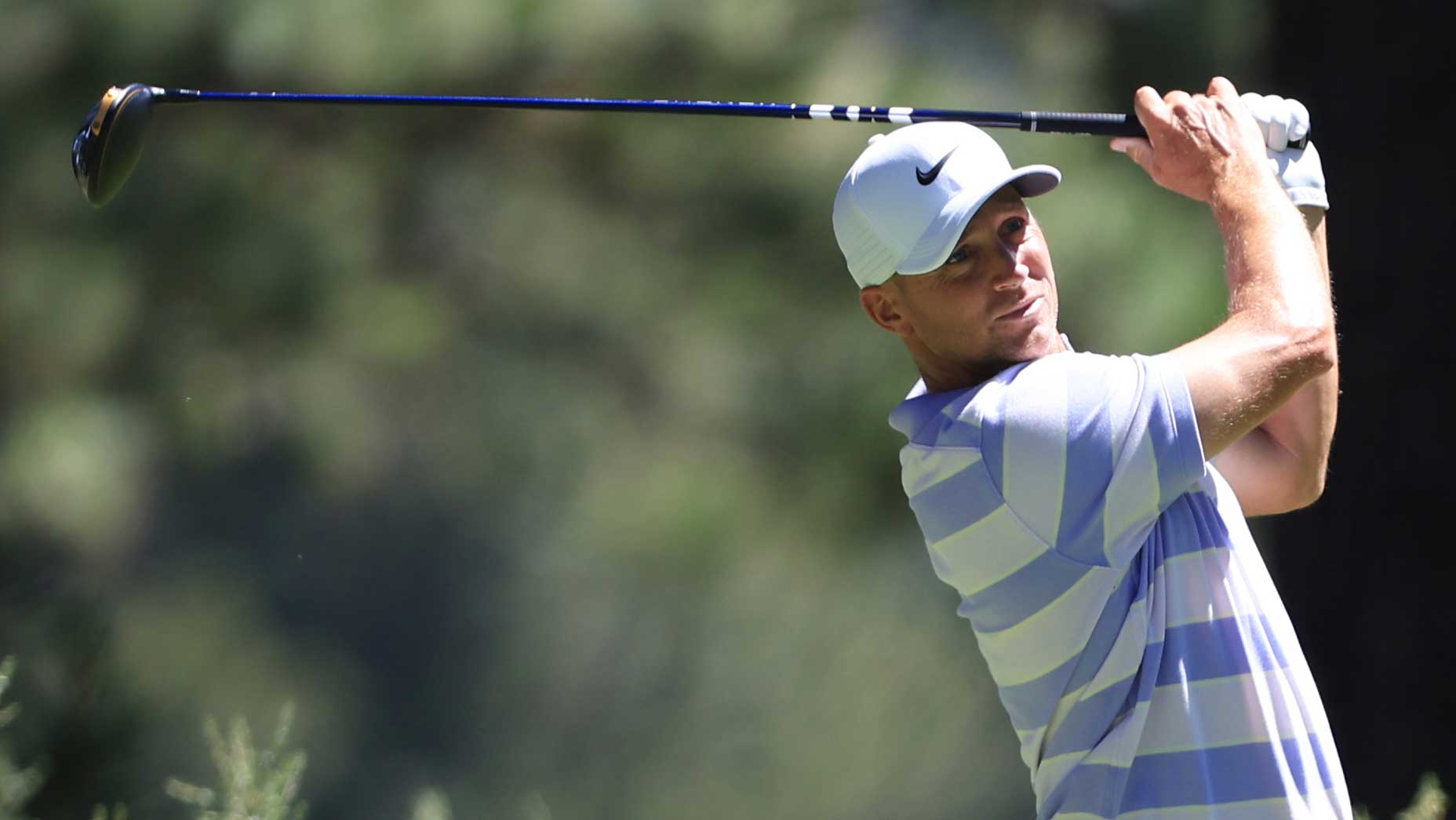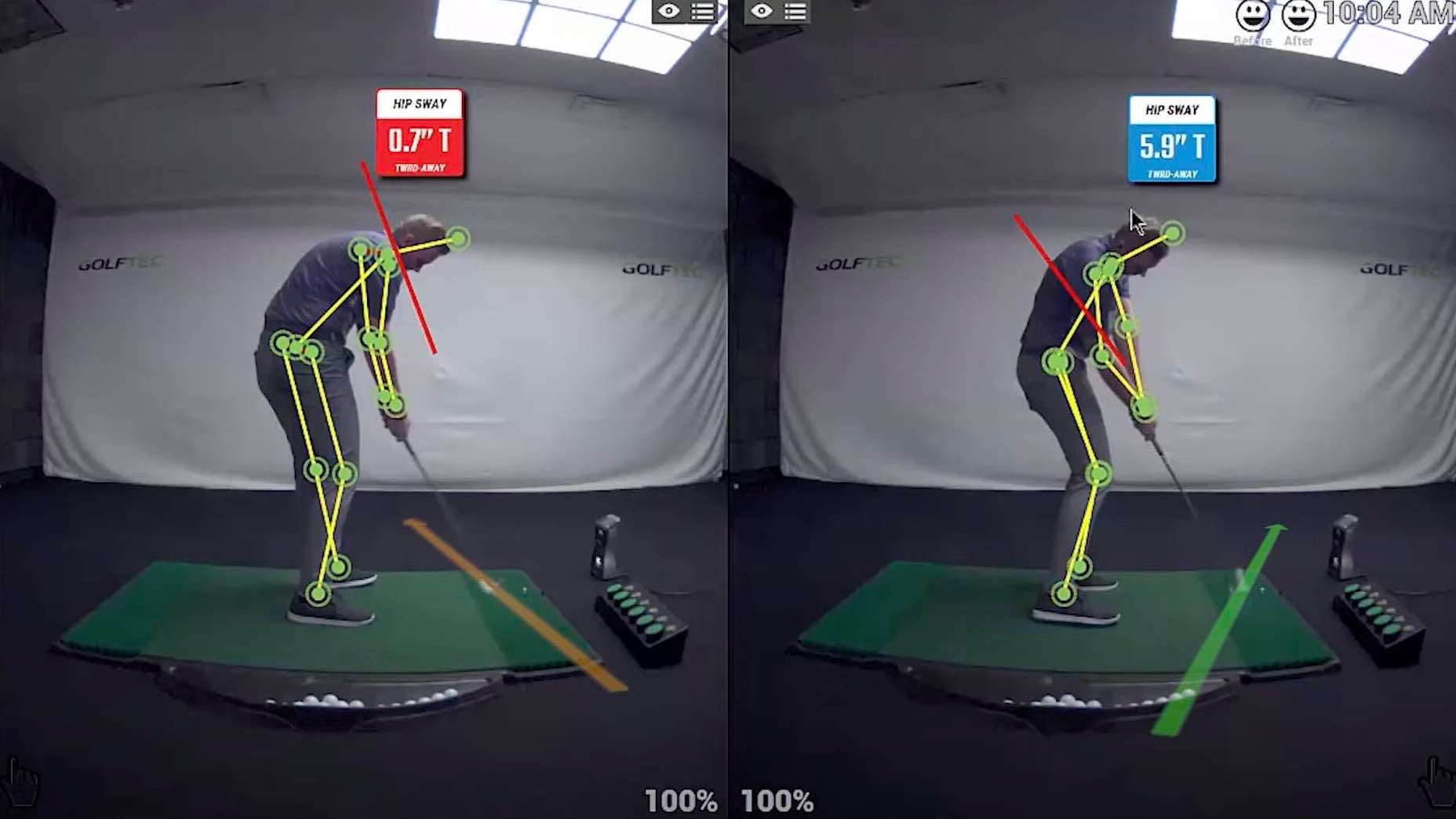I’ve been lucky enough to spend time around professional golfers and their coaches, reporting on all the things that make them so good at the game we all love. And one thing that consistently surprises me is that pros are often just looking for that one simple swing feeling. Something they can trust that works for them. And when they find it, it’s rare they ever diverge from it.
A few weeks ago, I asked a few players for their go-to, never-fail swing thought (you can read about those right here), and I was reminded of it once again this week at the 3M Open, when Alex Noren popped into contention with a T-3 finish.
His swing thought, which you may have noticed before, was something he started working on in college at Oklahoma State. He use to hit an uncontrollable push-draw, and in a search to improve his driving, he began grooving a left-to-right fade.
“When I got to college people would tell me, ‘You’ve got to hit it in-between the jungle. You’ve got to hit it in the fairway,’” Noren said.
To help him do this, he would practice — and over-exaggerate — a feeling of keeping his torso and hands ahead of his clubhead as he turned through on the downswing.
Watch a supercut of him rehearsing the move below:
Why does he do this? Because when he keeps his hands and torso ahead of the clubhead, it keeps the body turning and therefore prevents the hands from becoming overactive and rolling the clubface closed. In layman’s terms: It keeps the big muscles working, and his hands from getting flippy. It’s one to try if you’re a golfer who tends to hit blocks or hooks.

And as you can see, his actual swing looks nothing like his swing feeling, but it’s by overreacting the feeling that helps him get his golf swing into a place he wants it, where he feels comfortable hitting his now-favorite pull-fade.
Feel vs. Real, Alex Noren edition. pic.twitter.com/3l0Yuj0sYS
— LKD (@LukeKerrDineen) December 13, 2018










